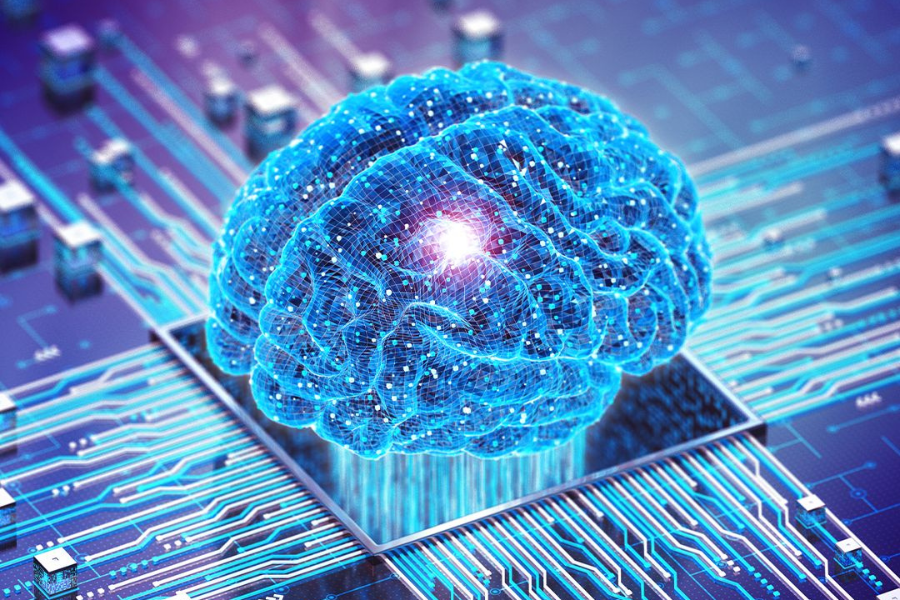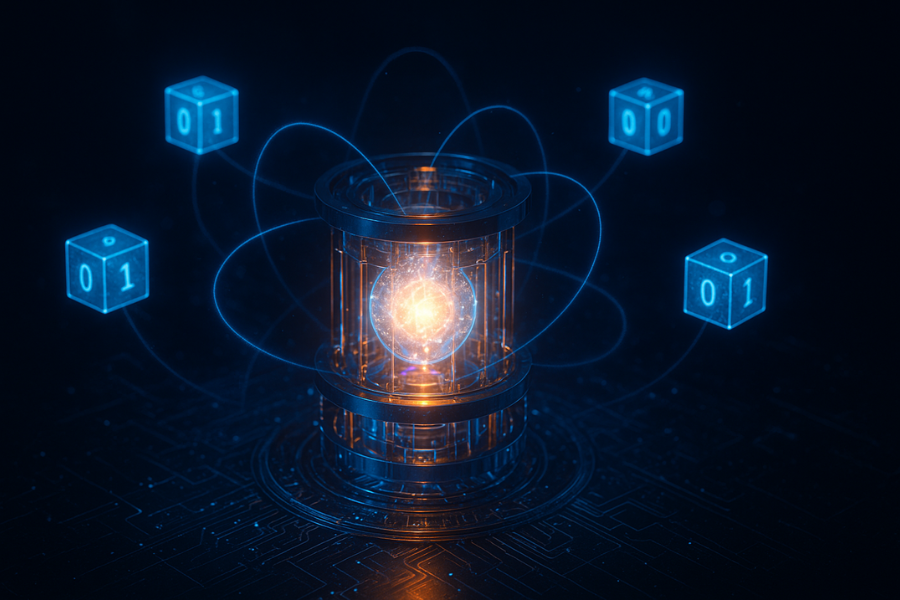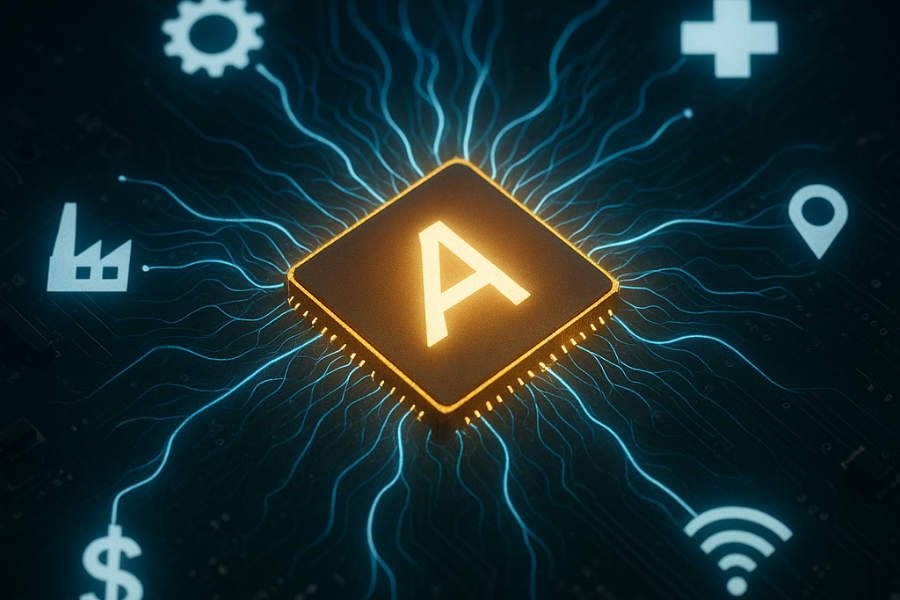Introduction:
Behind every AI breakthrough lies one critical enabler: chips. From NVIDIA’s GPUs powering ChatGPT to China’s Huawei Ascend and Biren processors, the hardware race has become central to global AI progress. As models grow larger and more complex, specialized chips are essential for training and deployment.
In 2025, the AI chip ecosystem is a core trend shaping competitiveness across industries—and nations. The race is not just about performance, but also about sovereignty, cost, and energy efficiency.

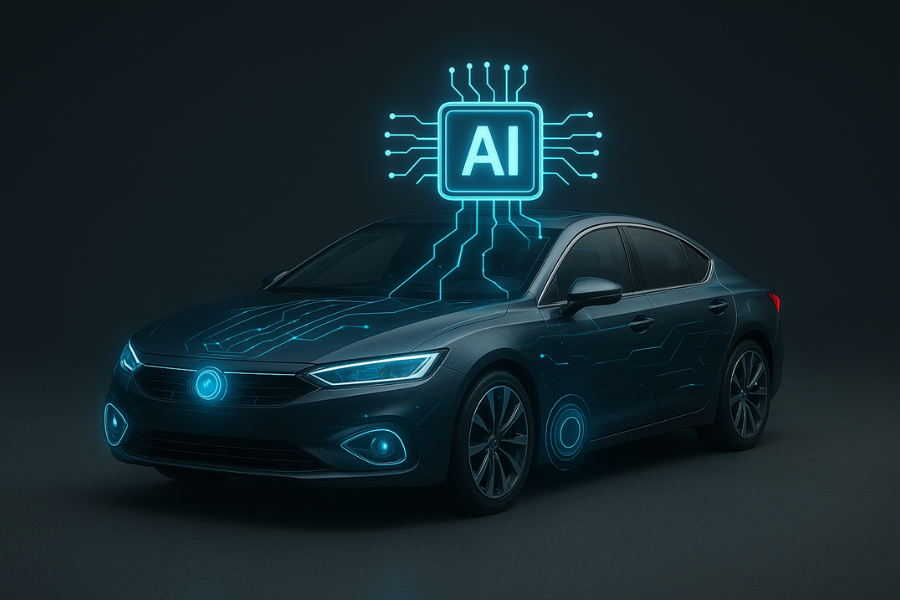
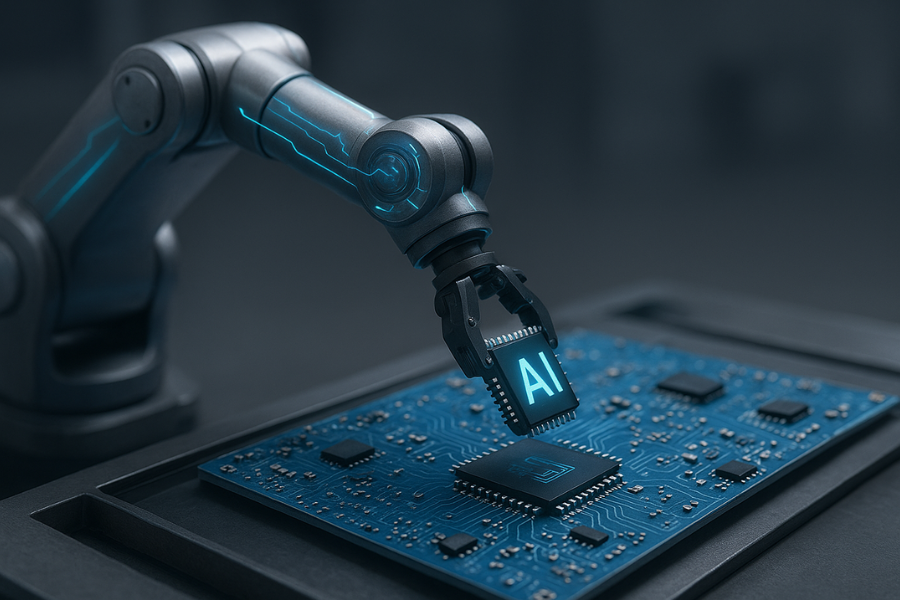
Why AI Chips Are Essential
Performance Bottleneck
Training large models requires trillions of operations. Without specialized chips, progress stalls.Cost Optimization
Purpose-built chips slash costs by making computations faster and more efficient.Edge Intelligence
Small AI chips embedded in devices enable real-time, offline processing, powering everything from wearables to autonomous vehicles.National Strategy
In the U.S.-China rivalry, chipmaking capacity is viewed as a geopolitical lever, with restrictions on exports shaping the global AI landscape.
Applications Transforming Industries
Healthcare
Edge AI chips inside smartwatches and wearables monitor vital signs, detect anomalies, and send alerts without needing cloud access.
Autonomous Vehicles
AI chips process camera and LiDAR feeds in milliseconds, ensuring safe navigation for self-driving cars.
Smartphones
Chips like Apple’s Neural Engine or Huawei’s Ascend enable features like real-time translation, AI photography, and personal assistants.
Industrial Robotics
AI-powered chips allow robots to perform precision tasks in factories with minimal latency.
Challenges in the Chip Race
Supply Chain Disruptions
Global shortages of semiconductors have exposed vulnerabilities in production and distribution.Power & Heat
AI chips consume vast amounts of electricity and generate heat, requiring new cooling technologies.Geopolitical Tensions
Export restrictions by the U.S. on advanced chips to China have intensified the race for self-sufficiency.Cost Barriers
Cutting-edge AI chips remain expensive, limiting access for smaller players.
The Future of AI Hardware
Quantum AI Chips: Early research is exploring quantum processors that could perform calculations far beyond classical chips.
Neuromorphic Chips: Inspired by the human brain, these chips aim for ultra-low power, high-speed AI reasoning.
3D Chip Stacking: Advanced designs that reduce energy use and improve efficiency.
Open Hardware Ecosystems: Collaboration between academia and startups may democratize chip development.
Conclusion
AI’s progress depends as much on silicon as on algorithms. Chips are the unseen infrastructure powering everything from chatbots to smart cities. As the race accelerates, the winners will be those who balance performance, affordability, and sustainability.
The AI chip race is more than a technological competition—it is a strategic battle shaping the future of global economies, innovation, and national security.

-Futurla

